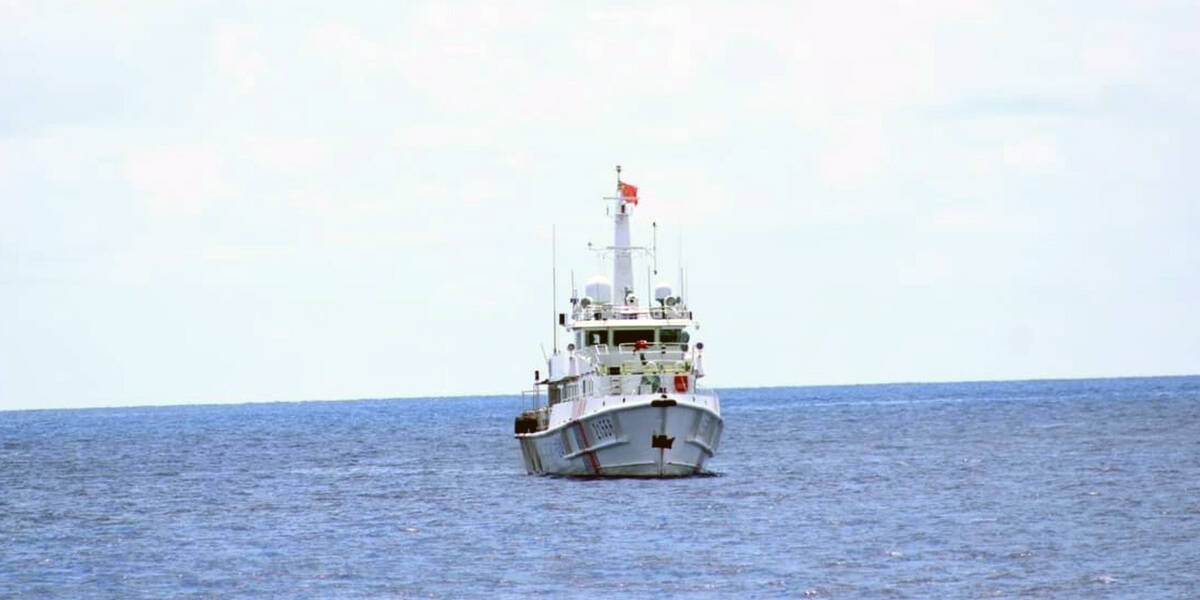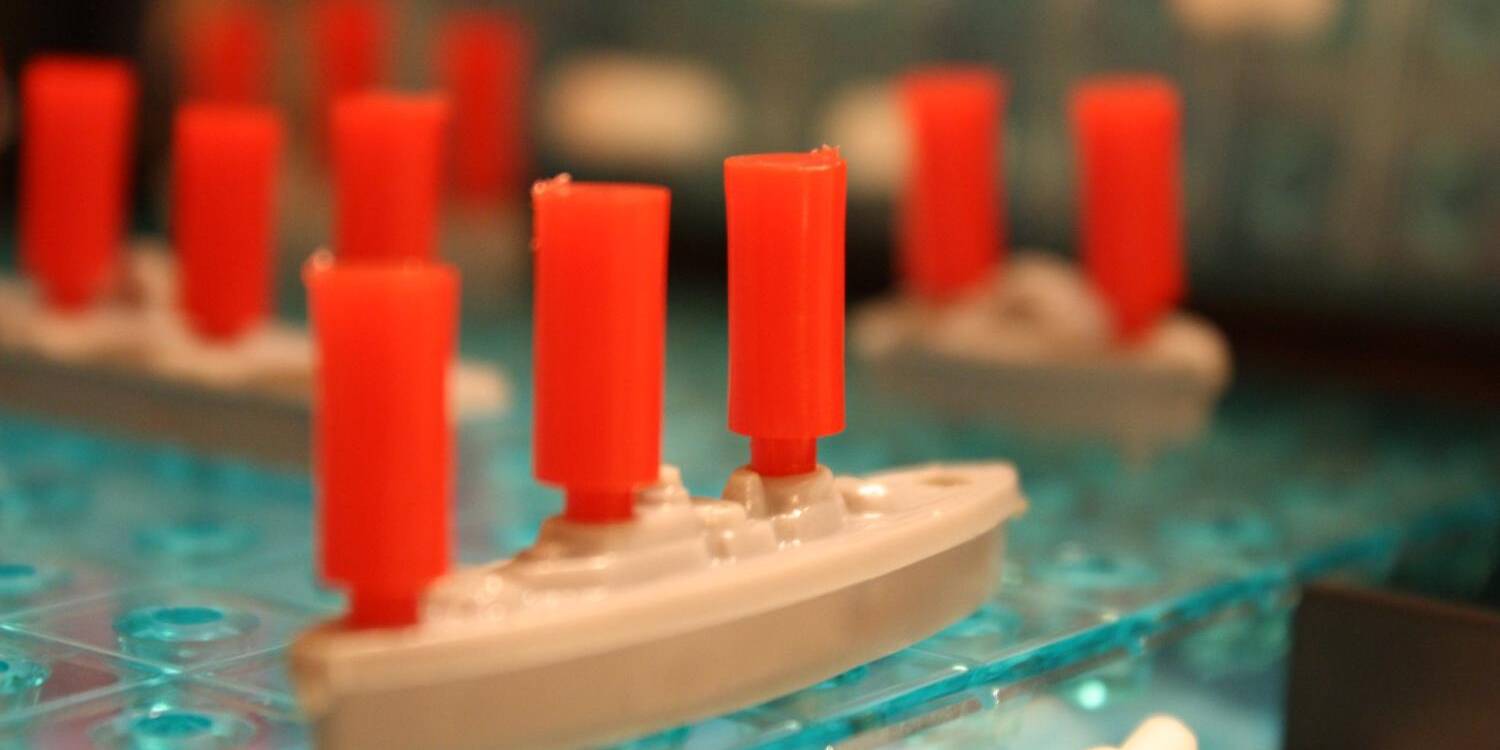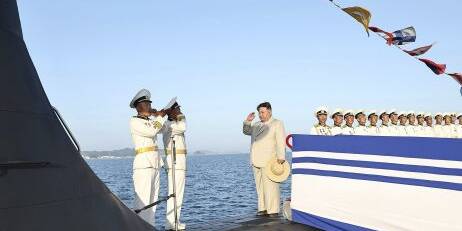Author: Gilang Kembara, CSIS Indonesia, for East Asia Forum
China’s easing of COVID-19 countermeasures in December 2022 spurred the resumption of several economic and social activities that were impossible six months prior. International travel and tourism have gradually restarted while international meetings and conferences can once again be held in China. China’s reopening provides hope for the resumption of state-to-state political cooperation too, especially on the South China Sea.
High on the agenda is the negotiation of the South China Sea Code of Conduct (CoC), which was delayed for more than two years due to the pandemic. Although parties hope for the CoC’s earliest conclusion, officials are still unable to give a clear timeline on when that might occur.
The conclusion and ratification of the CoC would be a major milestone for ASEAN–China relations and the South China Sea dispute. It would showcase the ability of both parties to accept differences and agree on a potentially legally binding document.
But the CoC should not be seen as a ‘Holy Grail’ that will automatically resolve the South China Sea dispute. The notion that the CoC will become a conflict resolution tool is debatable. At best, it may serve as a conflict management tool to facilitate the eventual resolution of conflicts. This would require a vast array of practical cooperation, such as marine scientific research, fishing, transnational crime prevention and search and rescue (SAR) cooperation.
SAR cooperation has seen a welcome development in 2023.
The ASEAN Agreement on Aeronautical and Maritime Search and Rescue Cooperation was published in January 2023. The agreement is designed to develop and strengthen SAR cooperation between ASEAN member states and facilitate SAR cooperation without prejudice to the sovereignty of ASEAN member states.
Considering that not all ASEAN member states have ratified the 1979 International Convention on Maritime Search and Rescue, ASEAN’s 2023 SAR document marks an important milestone in promoting SAR cooperation in the region after years of negotiation.
The agreement is still awaiting ratification from all ASEAN member states before coming into force. Once ratified, it will replace the 2010 ASEAN Declaration on Cooperation in Search and Rescue of Persons and Vessels in Distress at Sea.
It is now up to all ASEAN member states to maintain the momentum and confidence gained from the successful negotiation of the foundational SAR agreement. The agreement will also establish common standards across ASEAN members in SAR cooperation. Establishing harmonised standards is fundamental to ASEAN pursuing further cooperation with its external partners, such as China.
It is in the interest of all parties to respond quickly to any maritime incidents in the South China Sea. To respond properly to accidents and distress calls, South China Sea littoral states should have standard operating procedures.
A March 2023 tabletop exercise involving Southeast Asian and Chinese SAR officers noted that more joint exercises are needed to minimise miscommunication and mismanagement in joint SAR operations. Regular joint training and drills would also help to increase confidence between the countries involved and cement the personal relationship between the parties.
On the other hand, South China Sea littoral states in Southeast Asia face asset limitations. Deploying maritime vessels from each littoral state’s coastline to the middle of the South China Sea would require between 3–27 hours. Fixed-wing and rotary-wing assets would take significantly less time but have less endurance.
Littoral states should consider the possibility of adding more assets in the area, perhaps by positioning SAR vessels and aircraft in areas closer to the South China Sea. Such asset deployment may be misunderstood as a further escalation in the region, so it may be wise for countries to deploy assets that do not possess lethal or military-grade weapons.
China has offered the use of its facilities in the South China Sea as SAR staging grounds. But this is considered to be a ploy to normalise Chinese administration over disputed waters.
Enhancing response time should also come with more transparent and efficient information sharing between the countries involved. States are often reluctant to share sensitive information for fear of jeopardising their national interests or sovereignty.
SAR operations are supposed to be carried out without prejudice, as they strive to save lives. Hence, an effective SAR response mechanism will ensure an immediate and appropriate response to distress calls from the region.
States should not only be content with having the most up-to-date information at hand, but they should also start to develop the necessary analytical capabilities for SAR responses. Information processing to analyse key patterns in incidents and disaster occurrences, such as hazardous areas or weather anomalies, enables more effective responses.
With much international attention on the South China Sea dispute, it is time for ASEAN and China to demonstrate their ability to rise above their disputes to cooperate on saving lives.
The original article can be found here at East Asia Forum.
Gilang Kembara is a Researcher at the Centre for Strategic and International Studies (CSIS), Jakarta, Indonesia.
Feature Image: TT-400 patrol vessel (CSB 4039) of Vietnam Coast Guard/ via Wikimedia Commons
Related Analyses
September 15, 2024
West Philippine Sea: Several factors force BRP Teresa Magbanua to return – PCG
0 Comments1 Minute


